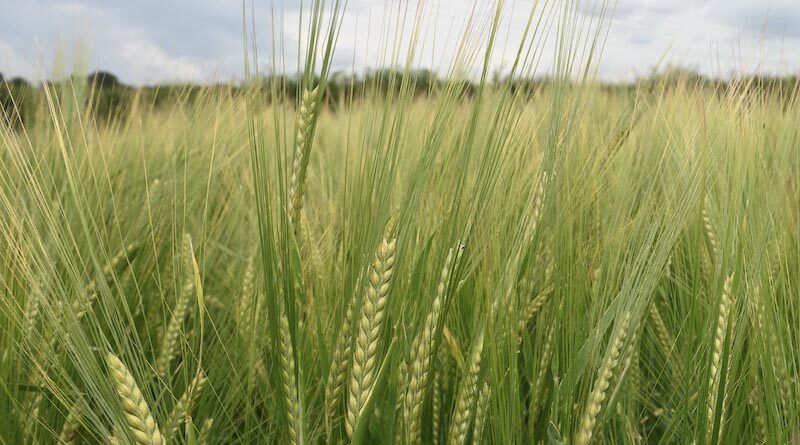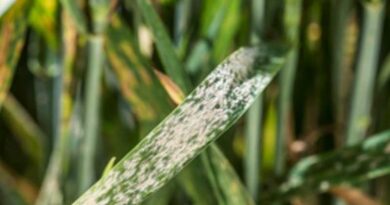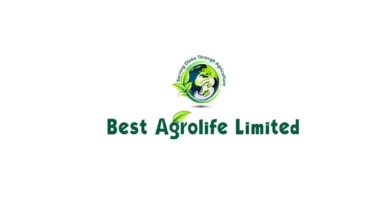Australia: Genetic discovery to improve breeding for disease resistance in wheat
14 January 2022, Australia: Australian and European researchers have discovered a genetic element in a common wheat pathogen with potential to help streamline breeding for disease-resistant wheat varieties that are better suited to Australian conditions.
Recently published in the prestigious scientific journal PLOS Pathogens, and led by researchers from the Centre for Crop and Disease Management (CCDM) – a national centre co-supported by the Grains Research and Development Corporation (GRDC) and Curtin University – along with collaborators from CSIRO, the Max Planck Institute of Germany and the University of Neuchâtel of Switzerland, the team discovered a variable genetic element within the economically damaging wheat fungal pathogen causing Septoria nodorum blotch (SNB) of wheat.
The team found this element has the ability to control the production of Tox1 – a toxic molecule produced by the pathogen after infection and is responsible for major damage to sensitive wheat varieties.
The team also discovered this genetic element varies in the amount of Tox1 production in pathogen strains from different regions, helping breeders prioritise which gene to remove according to the environment they are targeting.
Dr Evan John, CCDM researcher and recent PhD graduate, said he helped discover the element as part of his PhD project, after the research team had noticed the Australian version of the wheat pathogen produced much higher levels of Tox1 than most other fungal strains collected from the Northern Hemisphere.
“After noticing the variation of Tox1, I collected data on the pathogen’s genome from fungal samples collected from different countries to work out why this was happening,” Dr John said.
“I was then able to pinpoint and characterise the genetic element that allowed the pathogen to produce high levels of Tox1. This was widespread in Australian fungal strains of the disease but at low level in most US and European strains.
“We’ve been able to show that the pathogen has evolved to Australian conditions and can strongly recommend the removal of the Tox1 susceptible wheat gene called Snn1 from Australian breeding lines, to breed resistant wheat suited to local regions.”
Dr Kar-Chun Tan, CCDM project leader said the finding is significant as it explains the extreme difficulty of breeding disease resistant wheat.
“The discovery of the genetic element helps to explain the huge variability in toxic molecule production that exists out in the field – whether that pathogen is the one causing SNB, or potentially other pathogens causing other diseases too,” Dr Tan said.
“While it is difficult to account for the variability in the breeding program, the good news is we can now monitor the genetic element that causes the variability and see how it changes over time and in different regions of Australia.
“The monitoring will allow us to advise breeders and pathologists on the best and most genetically relevant SNB isolates to use for screening their wheat lines for SNB resistance. In-turn they can incorporate optimal resistance into these wheat lines allowing growers to depend less on fungicides and expect improved yields.”
Professor Mark Gibberd, CCDM director said this research outcome demonstrates the importance of Curtin and GRDC co-investment into the mechanisms of crop disease development in Australia.
“From this outcome, we now have the opportunity to streamline future research and development efforts to further define our knowledge of plant-pathogen interactions, and to work with both the global research community and Australian breeders to continue to minimise the threat of disease to grain production,” Professor Gibberd said.
Also Read: Summit Carbon Solutions Partners with Blue Ammonia Project to Decarbonize Ag Supply Chain















